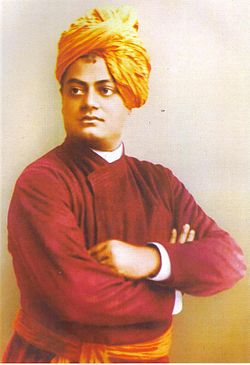Kotha Silpi SaratChandra Chottopadhyay a great Bengali writer wrote a beautiful story of Lalu. Lalu was a brave boy. At his village there was an epidemic of ‘OlaOtha/ VedBomon/Antrik’[Cholera]. At that period there was no known treatment for Cholera and an old lady died from that. Lalu spent a whole night with her dead body in a rainy night of winter. At the dawn when people came for that lady’s funeral, they noticed that the dead body was moving under a rag, it swelled up. They became afraid. Suddenly they saw the body sat over the cot. Then they tried to run away. After repeated call of Lalu they again came back. Lalu was laughing. Every body was afraid. Lalu replied that he spent a whole night with that body, because in Hindu system one should to stay with a dead body till funeral.
Today this is story. But once this was a fact. Being a doctor even I have not seen many a disease that we read in the book, like Small pox, Diphtheria, tertiary stage of Syphilis.
This is mainly for immunization. Immunization is a nice achievement of Medical Science. It was started in ancient India first. After a long saga it has come back in Medical Science through the England.
Please read https://www.intechopen.com/books/vaccines-the-history-and-future/introductory-chapter-the-journey-of-vaccines-the-past-and-the-present
ASPER THIS BOOK
“However, the term smallpox is an English term for the disease, introduced first in India during the British rule and before it was known as the Masurika (For about 2000 years as mentioned in Charak and Sushruta Samhita before the Christian era) Basanta roga (Paproga, Sitalika, Sitala, Gunri, and Guli) or the spring disease in Eastern India. The concept of variolation or inoculation moved from India to the England in the early eighteenth century or 1721 by the British Lady Mary Wortley Montagu, who was living in Ottoman Empire (1716–1718) and communicated to her friend in Britain (Miss Sarah Chiswell, who died of smallpox 9 years later) about this technique by letters [2, 5]. Even in 1731 one British called Robert Coult in Bengal wrote a letter to Dr. Oliver Coult in England describing the procedure of variolation used in India to protect the local population from smallpox [6]. Dr. Edward Ives (1773), a British naval surgeon, also observed the procedure of variolation as described by the Robert Coult on his visit to India (Bengal) in 1755 [6]. Before the introduction of variolation/inoculation in England in the sixteenth century the burden of infectious diseases including smallpox, measles, whooping cough, dysentery, scarlet fever, influenza, and pneumonia accounted for the death of more than 30% children of age below 15 years as the record. The concept of variolation/inoculation was introduced in North America in 1721. By 1777, George Washington, ordered that all the soldiers and recruits of his army should be inoculated/variolated. Thus introduction of the concept of variolation was the first step towards the development of Edward Jenner’s cowpox/smallpox vaccine, modern day vaccines, and the introduction of the concept of vaccination to fight against infectious diseases.”
However, thanks to our Medical Science, thanks to those scientists who discovered its remedies. Thanks to Dhanwantari,the Indian God of Health Science, thanks to Brahmin cult those nourished this culture with Goddess Mata Sitala, thanks to Dr EDWARD JENNER who discovered the vaccine first in modern day against Small Pox,Thanks to Great LUIS PASTEUR for the concept of Rabies and other vaccines.

